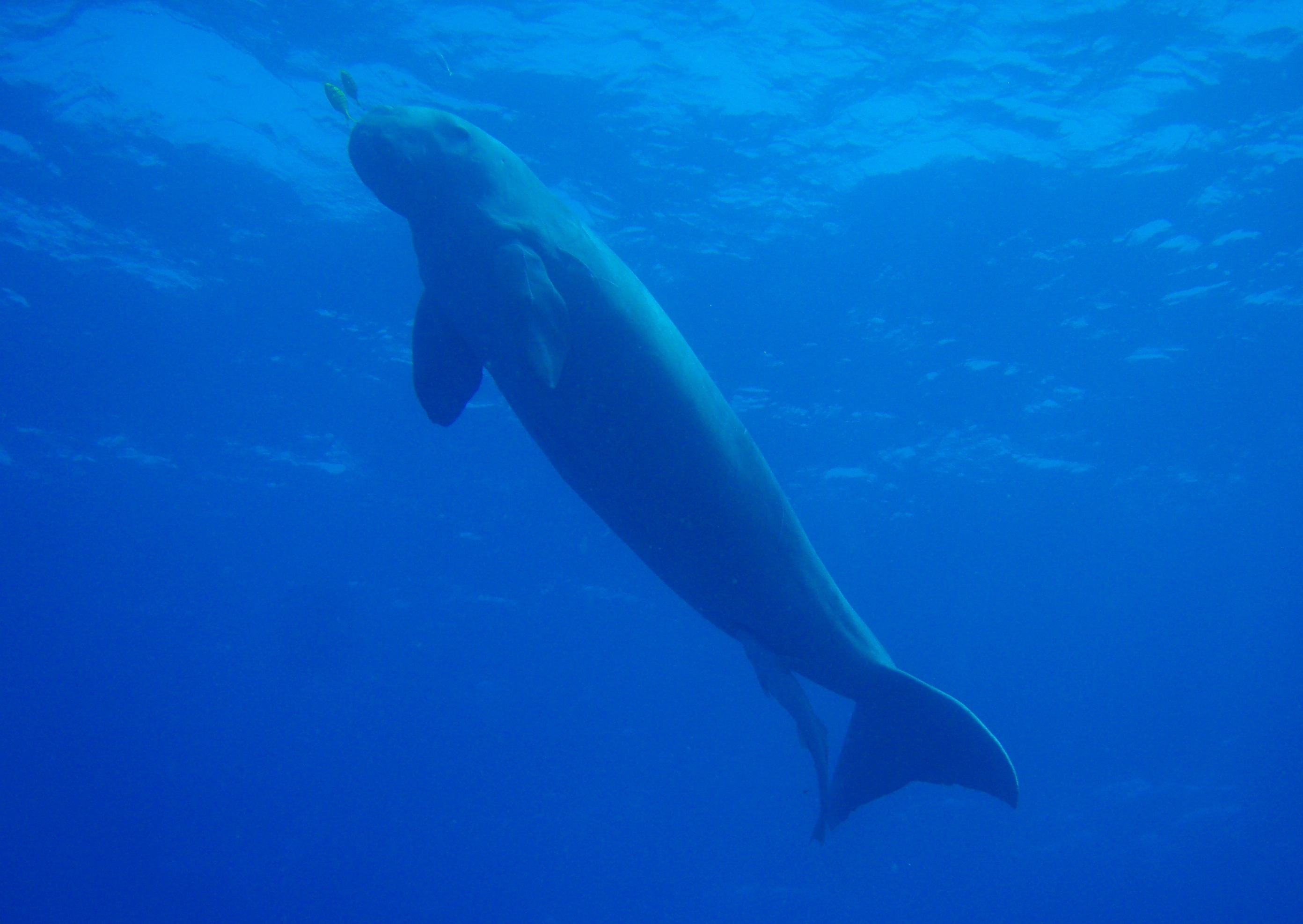A dugong study off Queensland
By Judy Evans
@JudyEv (360687)
Rockingham, Australia
August 14, 2025 4:15am CST
Dugongs fascinate me. They’re not the prettiest of creatures but they seem very gentle. Off Moreton Bay in Queensland, dugongs are being studied in an effort to understand more about their behaviour. This in turn will help conserve their numbers.
Dugongs are related to manatees and are sometimes called 'sea cows'. They prefer warm coastal waters, often frequenting shallow protected bays. They rarely exceed 3 metres (10 ft) in length. Adults typically weigh between 250 kilograms (550 lb) and 900 kilograms (1,980 lb). They have poor eyesight and females may calve only a few times during their life, staying with a calf until it is mature.
They spend most of the day digging up specific species of seagrass, although in some areas they may also eat small invertebrates.
Photo: https://commons.wikimedia.org/wiki/File:Dugong.JPG
9 people like this
10 responses
@DaddyEvil (156433)
• United States
6h
They also like the outlets from nuclear power plants since the water from those is warmer than the ocean waters.
Dugongs and manatees are both protected species in US waters.
2 people like this
@rsa101 (39806)
• Philippines
5h
Dugongs really are fascinating—almost like the ocean’s quiet gardeners, grazing peacefully on seagrass meadows. While they might not win beauty contests, their gentle nature and important role in marine ecosystems make them special. They help maintain healthy seagrass beds, which in turn support many other marine species. Unfortunately, their slow reproduction and dependence on seagrass make them vulnerable to habitat loss, boat strikes, and entanglement in fishing gear.
In the Philippines, dugongs are found mainly in Palawan, northern Busuanga, and the Calamian Islands, with occasional sightings in Mindoro, Mindanao, and other coastal regions. They’re considered critically endangered in the country, with populations greatly reduced over the past decades due to coastal development, pollution, and hunting in earlier times. The Philippines now has conservation efforts in place—such as the **Dugong Watch Program** in Palawan—to monitor and protect these “sea cows” through community participation, ecotourism, and stricter fishing regulations. Seeing one in the wild here is rare, but it’s a treasured experience that highlights just how vital it is to protect their habitat.
2 people like this
















